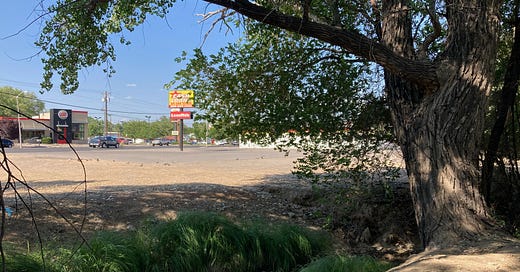Editor’s Note: Today’s guest post is from David Marston, publisher of Writers on the Range. I like this piece because it echoes a lot of my mixed emotions about ditches, especially the leaky, inefficient ones that foster their own quasi-riparian ecosystems and wetlands. The photos are from the North Farmington Ditch, which wends its way along the main d…
Keep reading with a 7-day free trial
Subscribe to The Land Desk to keep reading this post and get 7 days of free access to the full post archives.



